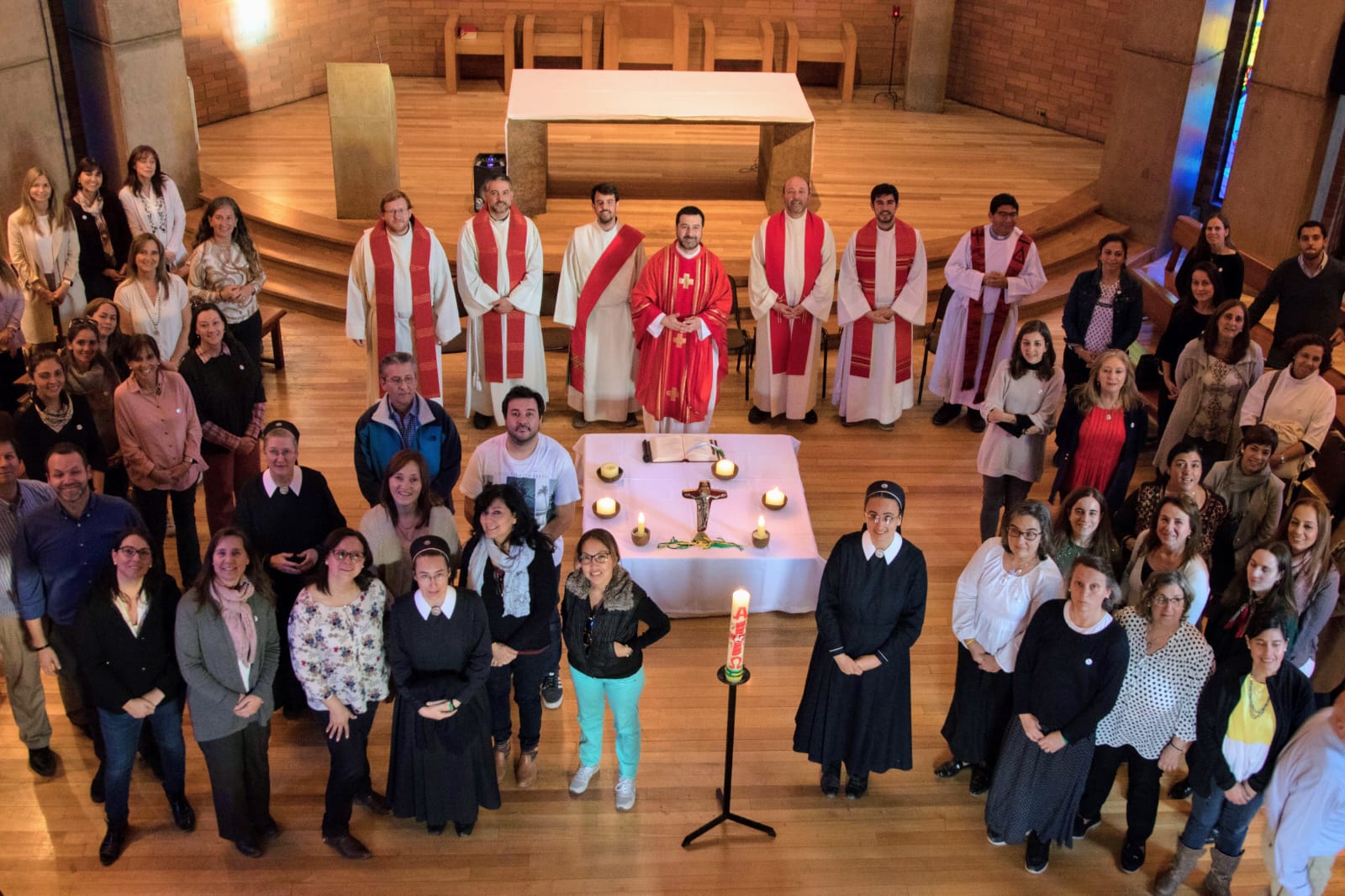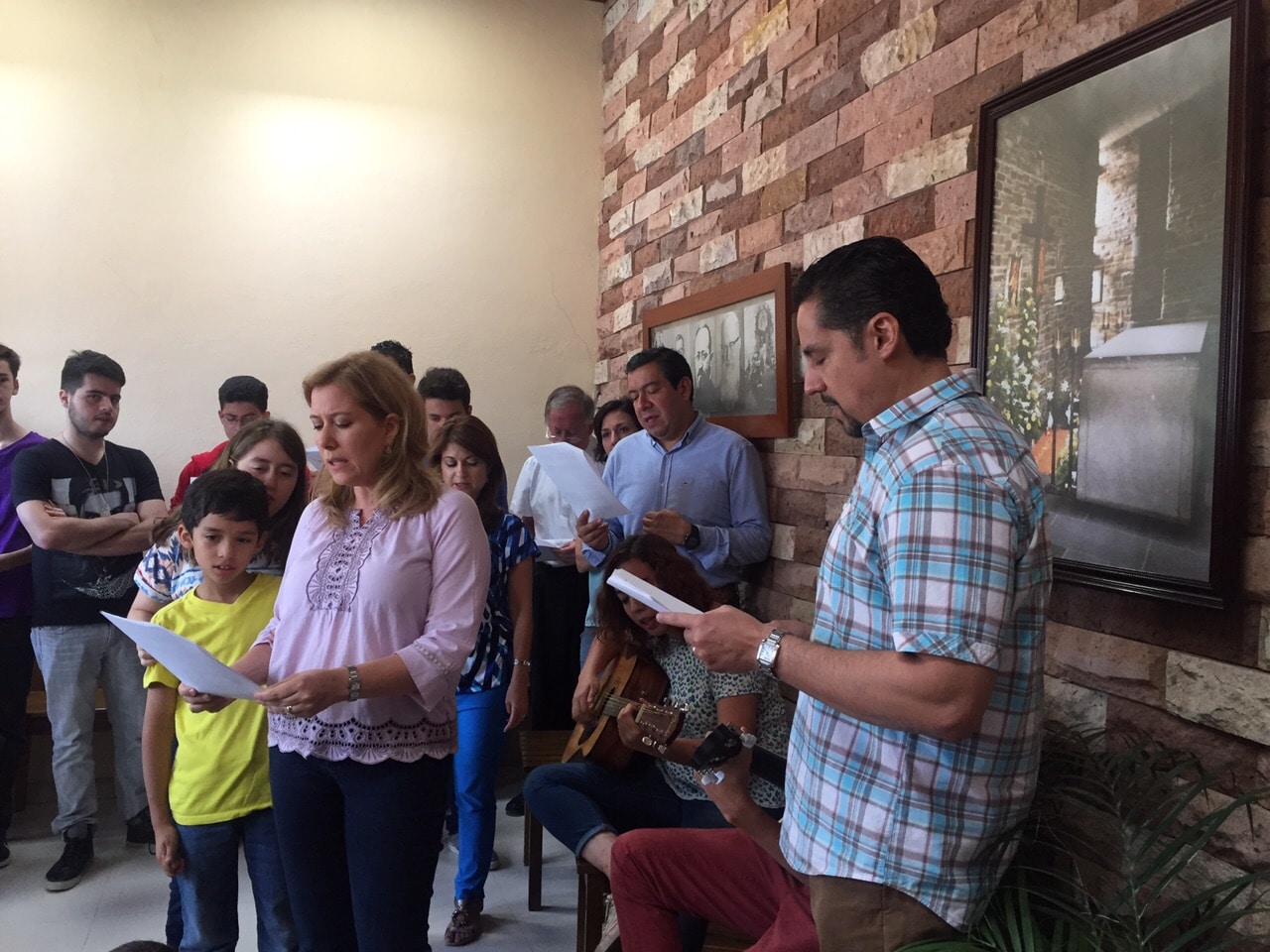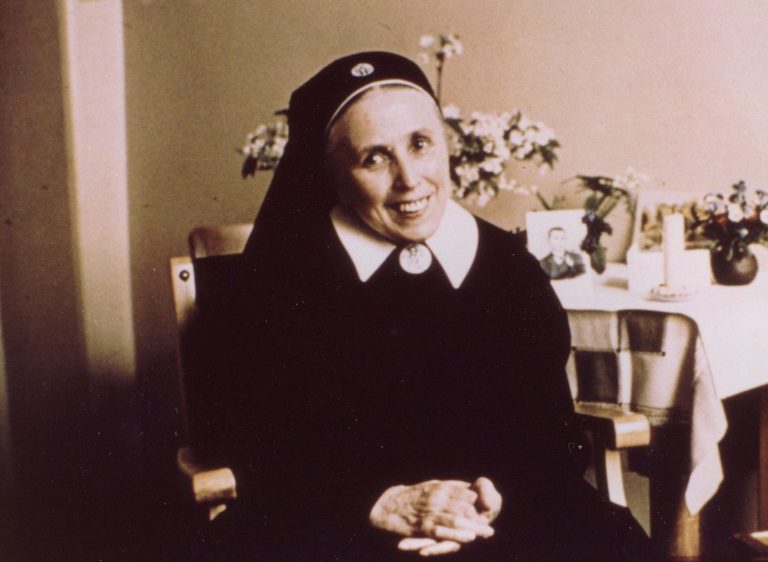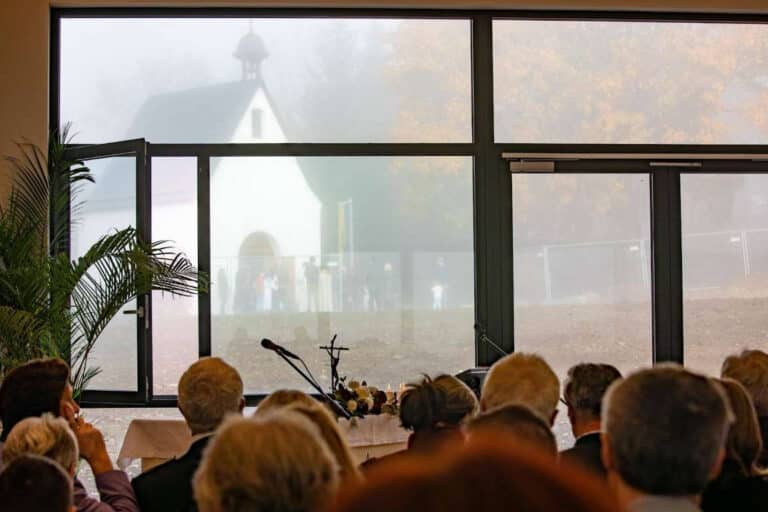The vocation of the educator is inspiring. Faith and life are at the service of something greater, the emergence of a new type of man and a new type of woman who understands their development from the perspective of being an element of learning and growth, which challenges them to have a harmonious and integrating vision of all their strengths. This is the Schoenstatt pedagogy.
Collaborating to learn from each other
The “Turn and Teach” learning strategy is a dynamic used in preschool classes. One particular day, a teacher invited her students to recognize characteristics of some animals according to their shape, size and color. This dynamic was done with the students sitting on a carpet marked with their places. The students were very attentive, listening and following the teacher’s explanations with their eyes. Then, she asked them to turn around and get in pairs facing each other so that each one could teach the other what had just been explained in their own words.
A simple exercise that we perform every day without much awareness is to transmit learning, to receive information. This eternal dynamic is a collaborative act. A new experience arises through a bond, something that connects us and makes us grow together.

Even during Schoenstatt’s early days Father Kentenich told us:
“We want to learn. Not only you but myself as well. We want to learn from each other, for we are never done learning, especially in the art of self-education, which represents the work, the action, the undertaking of our whole life.” (1)
Learning from one another is at the root of our charism. We are invited to live this learning at both the natural and supernatural levels; we are invited to collaborate. But the question that troubles us now is:
Are we capable of learning from others, from time and from the voice of God that speaks to us of a new type of man?
How to know if we are an educational movement
What is relevant to discern if we are an educational movement is if our proposal is in tune with man and with the sense of his time, with its sufferings and challenges. From whom or from what do we learn?
When we think of a collaborative experience, in order for it to really be a co-creation, as Daniel Wilson would say, it has to take shape in something new, something original that has its roots in the collaborating parties, but at the same time, something that resonates with the current pulse and challenges. (2) A pandemic that has affected the whole of society worldwide, that has changed our way of living, has to tell us something and make us change our way of approaching the other. To be coherent with the principle “Ordo essendi est ordo agendi “, (3) the order of the other’s being determines my order of acting, of approaching the other, the ways and manners of being. In order for communication between the two to be mutual, daring to learn from the other is, in short, accompanying him on his own path of learning, which has unique timing and moments.
We Schoenstatters are not a dogmatic movement, but a movement of education. We have repeatedly considered ourselves as “liaison agents” between science and life, theology and life, psychology and life… We are a movement of educators and education. (4)
How we look at our structures, our initiatives, so that they can grasp the concerns of the times and above all be attentive to what God is telling us, should be for us the most important thing, not only the question about man, but that of the dialogue between man and the God of life.
Our charism maintains a consistent seal of collaboration, a fundamental element in today’s education which is relevant for our social, solidary, and fraternal construction. Living our Covenant of Love with the Blessed Mother can offer a clear opportunity in the mission of educating, forming, and selflessly serving the life that is in others. It is a challenge to remain always aware of the way we live our relationship with the Blessed Mother, to always live by the “Nothing without you, nothing without us”.
Being an educator: a heartfelt vocation

All this can be translated into a vocation as exciting as that of being an educator, especially keeping in mind that faith and life are at the service of something greater, the emergence of a new type of man and a new type of woman. This new man/woman understands their development from the perspective of being an element of learning and growth, which challenges them to have a harmonious and integrating vision of all their strengths, abilities and drives and of the dynamics of the world, that is, to be at the service of their organic development.
Discovering new structures and new paths: the educator’s challenge
The question if we are an educational movement will be answered to the extent that Schoenstatt becomes a movement of mutual collaboration, where our diverse communities learn from each other, where we are capable of realizing that the formation of a new man requires new structures and new ways that must be placed at the service of society, in sync with today’s men and women, and above all, where we collaborate so that each one of them grow in their filial bond with God and with the Blessed Mother.
(1) Kentenich, J. Pre-Founding Document 1912
(2) Daniel Wilson, Director of Project Zero in the Faculty of Education at Harvard University.
(3) “The order of being determines the order of acting”.
(4) Kentenich, J. Journey for Catholic Educators 1950.



